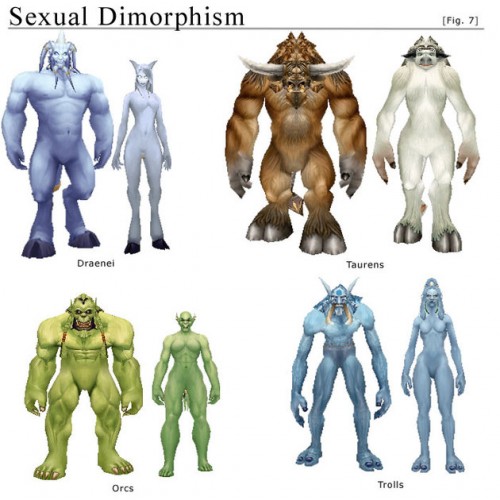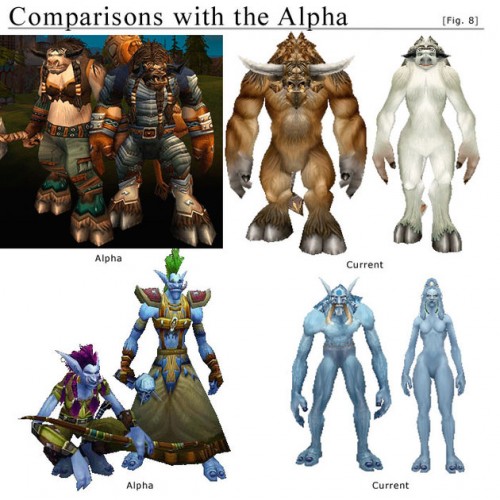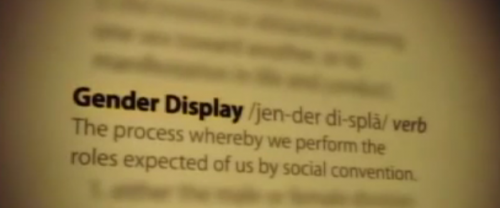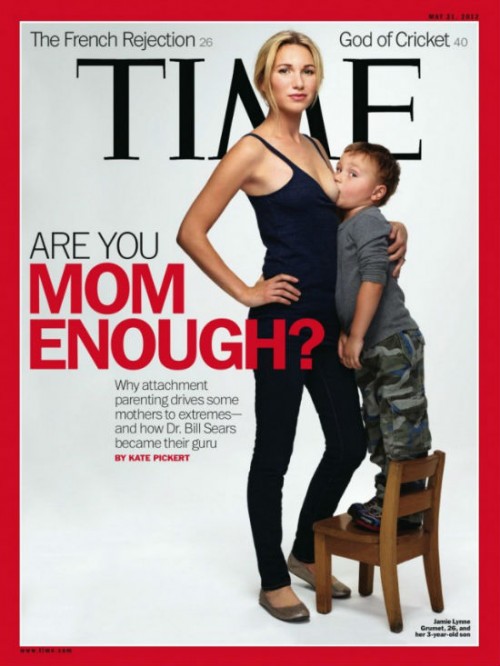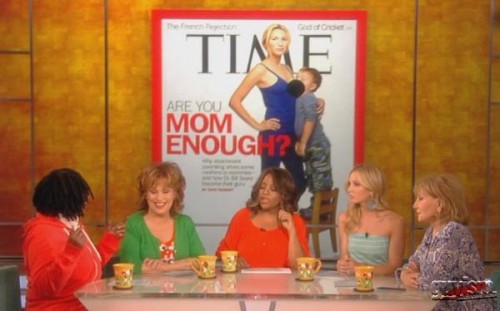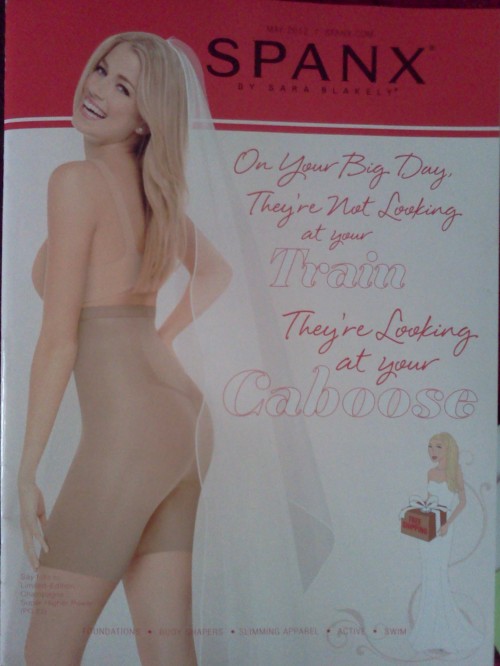The term sexual dimorphism refers to differences between males and females of the same species. Some animals are highly sexually dimorphic. Male elephant seals outweigh females by more than 2,500 pounds; peacocks put on a color show that peahens couldn’t mimic in their wildest dreams; and a male anglerfish’s whole life involves finding a female, latching on, and dissolving until there’s nothing left but his testicles (yes, really).
On the spectrum of very high to very low dimorphism, humans are on the low end. We’re just not that kind of species. Remove the gendered clothing styles, make up, and hair differences and we’d look more alike than we think we do.
Because we’re invested in men and women being different, however, we tend to be pleased by exaggerated portrayals of human sexual dimorphism (for example, in Tangled). Game designer-in-training Andrea Rubenstein has shown us that we extend this ideal to non-human fantasy as well. She points to a striking dimorphism (mimicking Western ideals) in World of Warcraft creatures:
Annalee Newitz at Wired writes:
[Rubenstein] points out that these female bodies embody the “feminine ideal” of the supermodel, which seems a rather out-of-place aesthetic in a world of monsters. Supermodelly Taurens wouldn’t be so odd if gamers had the choice to make their girl creatures big and muscley, but they don’t. Even if you wanted to have a female troll with tusks, you couldn’t. Which seems especially bizarre given that this game is supposed to be all about fantasy, and turning yourself into whatever you want to be.
It appears that the supermodel-like females weren’t part of the original design of the game. Instead, the Alpha version included a lot less dimorphism, among the Taurens and the Trolls for example:
Newitz says that the female figures were changed in response to player feedback:
Apparently there were many complaints about the women of both races being “ugly” and so the developers changed them into their current incarnations.
The dimorphism in WoW is a great example of how gender difference is, in part, an ideology. It’s a desire that we impose onto the world, not reality in itself. We make even our fantasy selves conform to it. Interestingly, when people stray from affirming the ideology, they can face pressure to align themselves with its defenders. It appears that this is exactly what happened in WoW.
Lisa Wade, PhD is an Associate Professor at Tulane University. She is the author of American Hookup, a book about college sexual culture; a textbook about gender; and a forthcoming introductory text: Terrible Magnificent Sociology. You can follow her on Twitter and Instagram.

